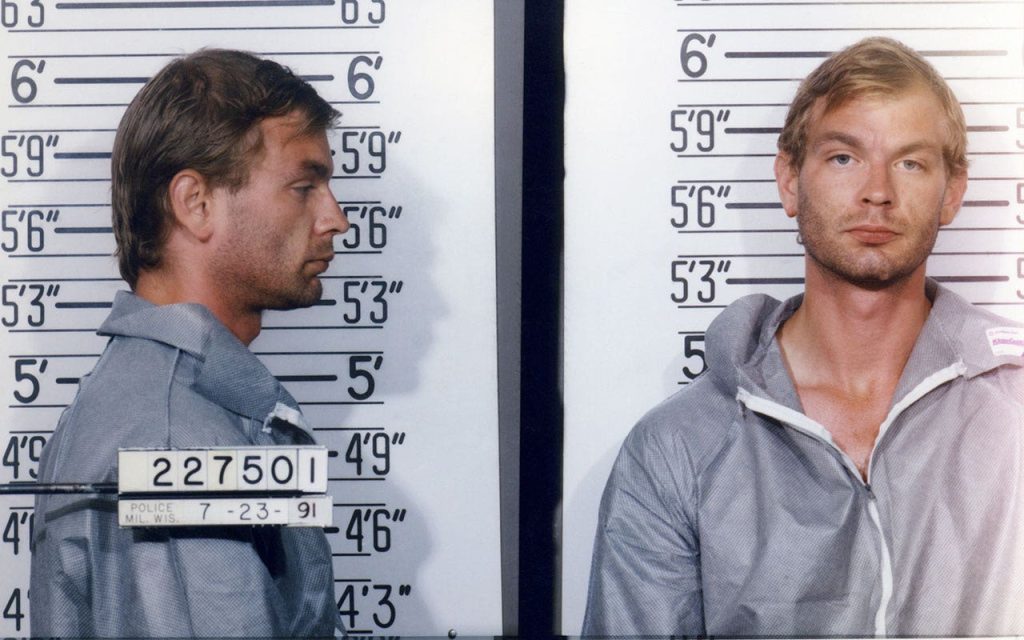Criminal profiling is a method used to identify the perpetrator of a violent crime by analyzing their personality and behavior based on crime scene analysis. This technique provides insights into the offender’s personality, habits, and motivations, aiding law enforcement agencies in narrowing down suspect lists, prioritizing leads, and developing investigation strategies. By analyzing crime scenes and details about the victim, profilers can create a detailed picture of the person they are looking for, increasing the chances of catching the perpetrator. While not a definitive solution to solving crimes, criminal profiling serves as a valuable tool in assisting law enforcement agencies in their efforts to apprehend criminals.
The origins of criminal profiling trace back to the pioneering work of figures such as John Douglas and Robert Ressler. These trailblazers introduced innovative techniques that merged psychology, criminology, and forensic science. Douglas, the former chief of the FBI’s Investigative Support Unit, conducted extensive interviews with serial killers to gain insights into their motivations, thought processes, and behavior. Ressler played a key role in creating the FBI’s Violent Criminal Apprehension Program (VICAP). Their insights paved the way for the systematic analysis of behavioral patterns to identify suspects, marking a significant advancement in law enforcement practices.
Building a criminal profile involves gathering and analyzing various types of information to construct a detailed picture of the perpetrator. Investigators thoroughly examine the crime scene, collect evidence, and note any distinct characteristics or behavioral patterns exhibited by the offender. They also study the background and circumstances of the victims to identify potential links or motives. Consulting with forensic experts, psychologists, and other specialists helps investigators gain further insights into the case. By combining empirical data, deductive reasoning, and psychological analysis, investigators can piece together a comprehensive profile to aid law enforcement in identifying and apprehending the criminal.
Murderers are often classified as organized or disorganized. An organized offender maintains a structured lifestyle and typically kills after a critical life event occurs. Disorganized offenders commit impulsive crimes driven by emotions rather than premeditation, often leaving behind evidence at the crime scene. Understanding these distinctions is crucial for law enforcement agencies in investigating suspects. This information can be invaluable in generating leads and directing investigative efforts. Criminal profilers typically have backgrounds in psychology, criminology, or forensic science, with education, training, and experience being essential steps in pursuing a career in this field.
Famous cases where criminal profiling played a significant role include the Unabomber case, Ted Bundy, and Jeffrey Dahmer. FBI profilers analyzed Ted Kaczynski’s manifesto and behavior patterns to identify and apprehend him. Profiling helped focus the investigation of Bundy’s murders, leading to his arrest. Dahmer’s case involved criminal profiling techniques to understand his behavior and motives. Analyzing his crimes aided investigators in identifying patterns that led to his arrest. Criminal profiling has evolved as a valuable tool in law enforcement, with these cases serving as examples of its success in solving complex crimes.
In conclusion, criminal profiling is a crucial technique in solving true crime mysteries, providing insights into offenders’ psychological makeup. Evolving alongside advancements in forensic technologies, criminal profiling has proven to be effective in aiding law enforcement agencies in overcoming challenging cases. With a rich history shaped by pioneers in the field, the art of profiling continues to be a valuable tool in crime investigation. By analyzing crime scenes, victim details, and offender behavior, profilers can create detailed profiles to assist in identifying and apprehending criminals. The success stories of high-profile cases demonstrate the significance of criminal profiling in unraveling complex criminal mysteries and bringing justice to victims and their families.















